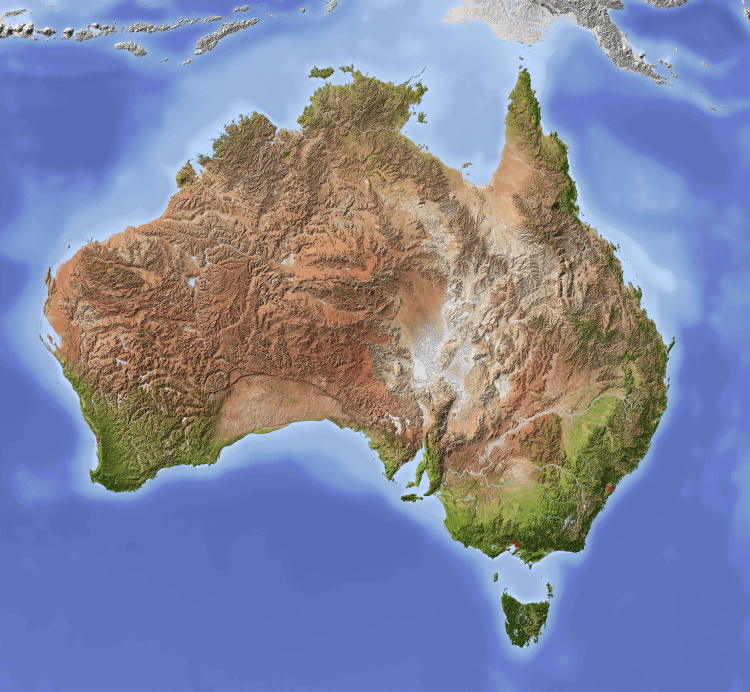I get that WA is financially far better off than 2017 projections.
What I don’t really understand is why it is so unfair for WA to get back 70-75 cents per dollar its populace puts into GST.
This is the best summary I could come up with:
Prior to a top-up arrangement introduced by then treasurer Scott Morrison in 2017, WA’s share had slumped to 30 cents in the dollar.
But economists Saul Eslake and Chris Richardson independently reviewed the plan and concluded the deal will actually cost about $50 billion over that time period.
Ms Saffioti vigorously defended WA’s GST deal at a Chamber of Commerce and Industry breakfast in Perth on Tuesday.
Mr Eslake’s report is blunt in its assessment of the GST deal, calling it “the worst public policy decision of the 21st century.”
WA Liberal Leader Libby Mettam called on Premier Roger Cook to seek a written agreement from the federal government promising it won’t backflip on the deal.
“There are issues of trust and Western Australians deserve a written ironclad guarantee that Labor’s position will not change on the GST,” she said.
The original article contains 602 words, the summary contains 140 words. Saved 77%. I’m a bot and I’m open source!
Just went and found a bit more detail on Saul Eslake’s reasoning behind his comments. He’s usually worth listening to. I found the essay below was quite illuminating. He has a good argument. Especially this passage,
"In particular, having been invited by the Terms of Reference to consider whether the long-standing HFE principles created “disincentives for reform, including reforms to enhance revenue raising capacities or drive efficiencies in spending”
This is exactly the, ‘dole bludgers are incentivised not to work’ argument. It’s laughably being applied to whole States in this case which makes it attrocious and shameful of the WA Government to advance that pop-politics line.
Three points i still have an issue with are,
-
I wish he’d addressed the nature of how the GST is calculated, which i’ve previously been led to believe is the real issue with GST for a State like WA. From memory the ATO distribute amounts based on the average, (can’t remember the average of what, maybe state income?), of the last three years. For more predictable economies this is fine, and probably a great idea, but for an economy that can turn from great to poo within a few months, like WA’s, it means the GST isn’t reactive in a timely period.
-
I don’t know that he’s right to tie the GST so closely to population size though, the distances in larger states do add cost, (ie transport infrastructure).
-
Finally I also don’t know whether GSP is a good measure to use here. I worry that number is derived from an approach that is susceptible to the classic mining rush allegory. ‘If you want to get rich in a mining rush, be the one selling the shovels’. In other words, because activity is high, cash is circulating quickly and pockets are lined doesn’t mean prices are sustainable in a downturn. Prices have been high here since the mining construction boom, (around 15 years ago), and due to low competition and distances, they tend to remain at the higher levels once there. Of course Australia in general suffers from this. But the peaks and troughs are hopefully less pronounced in States less dependent on raw materials wealth.
Comments on Danielle Wood Productivity Commission Appointment, Nov '23
-




